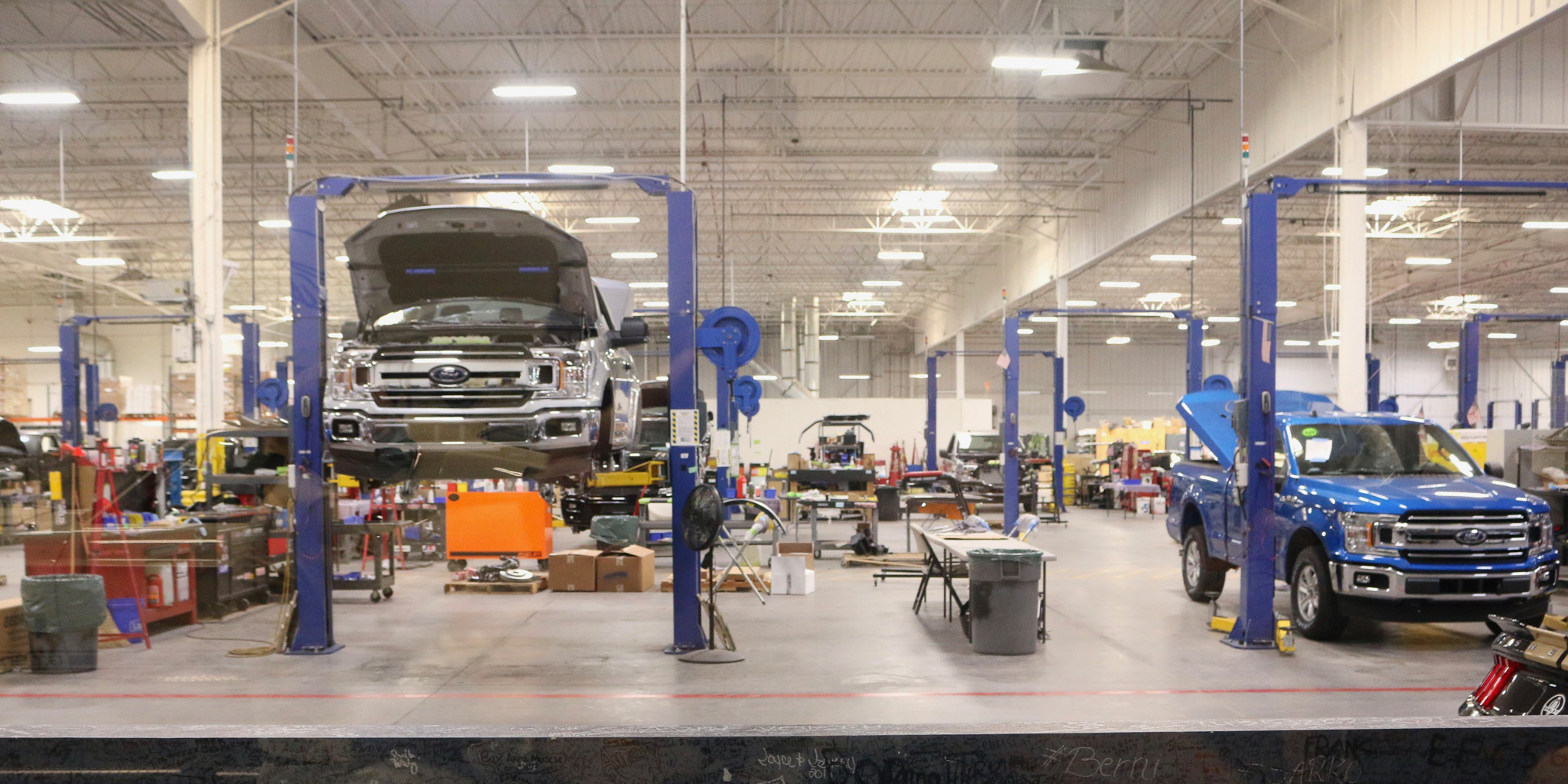Fleet vehicle owners are grappling with escalating acquisition and repair costs, impacting the industry. In the current landscape, characterized by a convergence of factors, understanding the challenges and adapting strategies is imperative for business owners as well as non-profits with fleet vehicles.
1. Rising Acquisition Costs:
- You’ve heard that new vehicle prices are on the rise due to factors like inflation, supply chain disruptions, and advanced technology integration.
- This impacts fleets specifically by:
- Pent-up demand from fleet buyers exceeds the manufacturer’s availability to build them.
- Instead, production is centered around vehicles with more bells and whistles, which fleets do not require, and cost considerably more than a fleet-configured work truck.
- Availability has improved, but not enough to move the needle.
- There is a shortage of compact cargo vans as OEMs have decided to exit this market segment entirely, increasing demand for larger vans and small pickup trucks.
2. Elevated Repair Expenses:
- Complex vehicle technologies demanding specialized repairs and components.
- Repair costs have surged by up to 20% over the last year due to intricate vehicle technologies requiring specialized repairs and components.
- Shortage of skilled technicians has resulted in labor costs spiking by approximately 15%.
- Spare parts and components have seen price hikes of around 10% due to ongoing supply chain challenges.
3. Impact on Fleet Management:
- Financial strain on businesses as acquisition and repair budgets escalate.
- Maintenance expenses becoming a significant portion of overall fleet costs.
- Organizations are strapped and don’t have human resources to manage their fleet effectively at the present time.
4. Strategies for Mitigation:
1. Prioritize Preventive Maintenance:
- Regular upkeep to identify issues early and prevent major breakdownsRegular upkeep to identify issues early and prevent major breakdowns.
- Reduces long-term repair costs and vehicle downtime.
2. Embrace Technology:
5. Future Outlook:
- Collaboration between industry stakeholders to address challenges.
- Innovation in vehicle manufacturing and repair processes may influence cost trends.
In conclusion, fleet vehicle owners must navigate the surge in acquisition and repair costs by implementing proactive maintenance strategies, leveraging technology, diversifying vehicle choices, and fostering strong industry partnerships. These steps can help mitigate the financial impact and ensure sustainable fleet management in the face of ongoing challenges.


